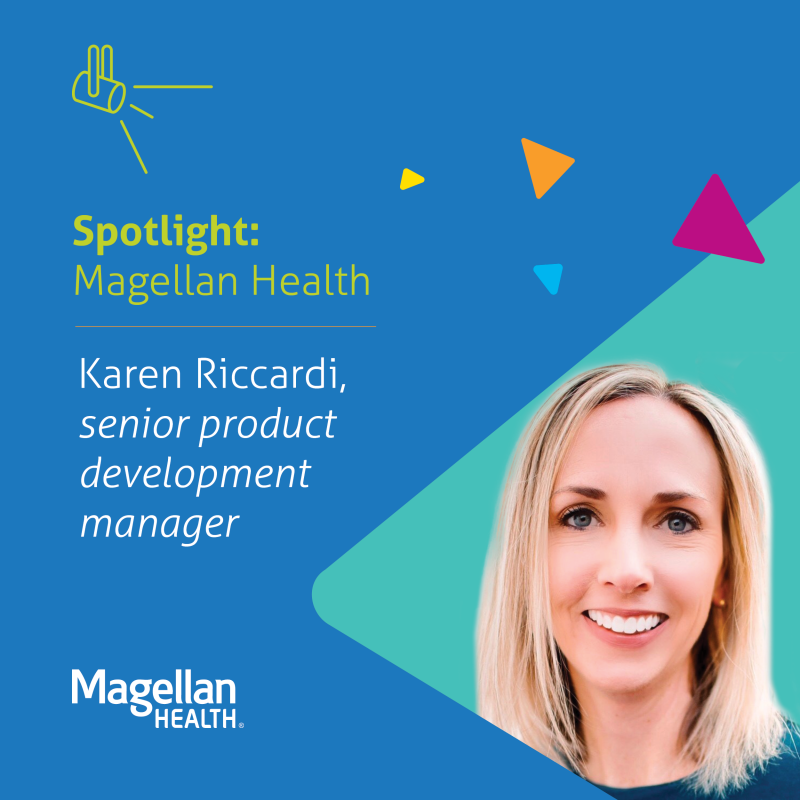Crisis Intervention: Navigating Life-Altering Situations
A life-altering situation is an event that is strong enough to upend long-held routines and can positively or negatively impact an individual’s quality of life. Examples include a death of a family member, marriage, relationship issues, and in more extreme cases, can include natural catastrophes or intense personal losses.
Crisis intervention is an immediate acute intervention after a life-altering situation. This intervention type is focused on reducing the initial distress caused by the event to foster adaptive functioning and coping. Magellan Federal supports Federal Emergency Management Agency (FEMA) responders with onsite stress counselors to provide crisis intervention and support to FEMA employees so they can provide critical disaster response to areas in need. We have been supporting FEMA’s disaster response teams for more than 20 years.
We believe crisis intervention is critical to resilience and recovery due to the immediate intervention after a life-altering situation. Immediate intervention can help someone cope with the initial reactions of fear, worry, powerlessness, and/or hopelessness afterward. Here are some tips for normalizing and addressing these needs to improve long-term recovery.
How to Provide Assistance
It is hard to know exactly when and what to say to support someone who has experienced a life-altering situation. In our experience, it is best to reach out and offer assistance early, when the individual is most vulnerable. Here are a few steps that can help to facilitate crisis intervention:
- Connect with them on the human level. Focus on listening with compassion and being present for the person while validating their experience and acknowledging their feelings.
- Determine if their basic needs are being met. This includes food, water, shelter, clothing, and safety. Assess their immediate needs and connect them to available resources. Addressing immediate basic needs is a way to improve quality of life quickly while providing steps towards recovery.
- Help them to identify additional needs they may have. Connect them with practical resources once their initial basic needs are cared for.
- Connect them with available support resources. This can include family, friends, neighbors, and community helping resources.
How to Cope with a Crisis and Move Forward
Validate and Acknowledge Your Feelings
It is completely natural to feel overwhelmed after undergoing a life-altering event. Common reactions after a crisis can include strong emotions, numbing, and worry. It’s important to acknowledge and validate that these feelings may come and go in waves and are normal in short durations. Also, remind yourself that these feelings are an expected part of the acceptance and healing process. Identify strategies used in the past to cope, and determine if they would be helpful now.
Break Tasks Down into Smaller Actions
Recovering from a life-altering situation may feel overwhelming and insurmountable to some. The stress from a life-altering situation can affect cognitive and problem-solving abilities, and a survivor may need assistance with making appointments and completing paperwork. It’s crucial in those times to break down needs into smaller action steps. This will lead to small measures of success and increase confidence in coping.
Connect with Social Support
Social support includes reaching out to others in the community such as family, friends, or neighbors for help. It may feel challenging at first due to embarrassment, worrying about burdening others, doubting if support is available, and being too overwhelmed, but connecting with others can accelerate the healing process by normalizing a shared experience and decreasing isolation.
Practice Deep Breathing Exercises
Take time out of the day to practice calming exercises such as deep breathing. Controlling our breath allows our nervous system to regulate and emerge from a fight, flight, or freeze reaction. A simple exercise can be to inhale slowly through your nose and comfortably fill your lungs all the way down to your stomach. Exhale slowly through your mouth and comfortably empty your lungs. You can repeat this five times slowly and as many times a day as needed.
Develop a Structured Routine
Try to develop a structured routine to help with decision-making. This new routine may differ vastly from your previous routine based on new values post-life-altering situations.
Focus on Getting Adequate Sleep
If possible, try to get to sleep at the same time daily. Don’t drink caffeinated beverages in the evening, reduce alcohol consumption, increase daytime exercises, relax before bedtime, and limit naps to 15 minutes, not after 4 p.m. Giving your body and mind adequate time to rest will help fuel positive processing skills and emotional responses the following day.
Limit or Eliminate Alcohol Consumption
Substance use can lead to problems with sleep, relationships, jobs, and physical health.
Know When to Ask for Additional Help
If stress reactions persist over four to six weeks or worsen and impair functioning, it’s a sign to ask for additional help from a community counselor or therapist. It’s important to note that crisis intervention is not therapy. Therapy can help make a diagnosis and can be a long-term commitment with one identified provider with treatment-specific goals.
Acknowledging the Emotional Effects of a Crisis
Whether you were directly involved in the crisis or not, it is normal to experience waves of emotions after a life-altering event. Often, the structure, schedule, and routine in your life have been destroyed, and you are unsure where to start. It’s OK to feel powerlessness, overwhelmed, and even angry. At that moment, it may feel embarrassing or burdensome to ask for help. You are not alone. Know that there are people that can and want to help and getting help early is critical to being one step closer to recovery.
Additional Resources
- The Disaster Distress Helpline: https://www.samhsa.gov/find-help/disaster-distress-helpline
- National Suicide Prevention Lifeline: https://988lifeline.org/
- Red Cross Disaster Relief: https://www.redcross.org/about-us/our-work/disaster-relief.html
- FEMA assistance after a Disaster: https://www.fema.gov/assistance
- FEMA disaster preparedness: https://www.ready.gov/
